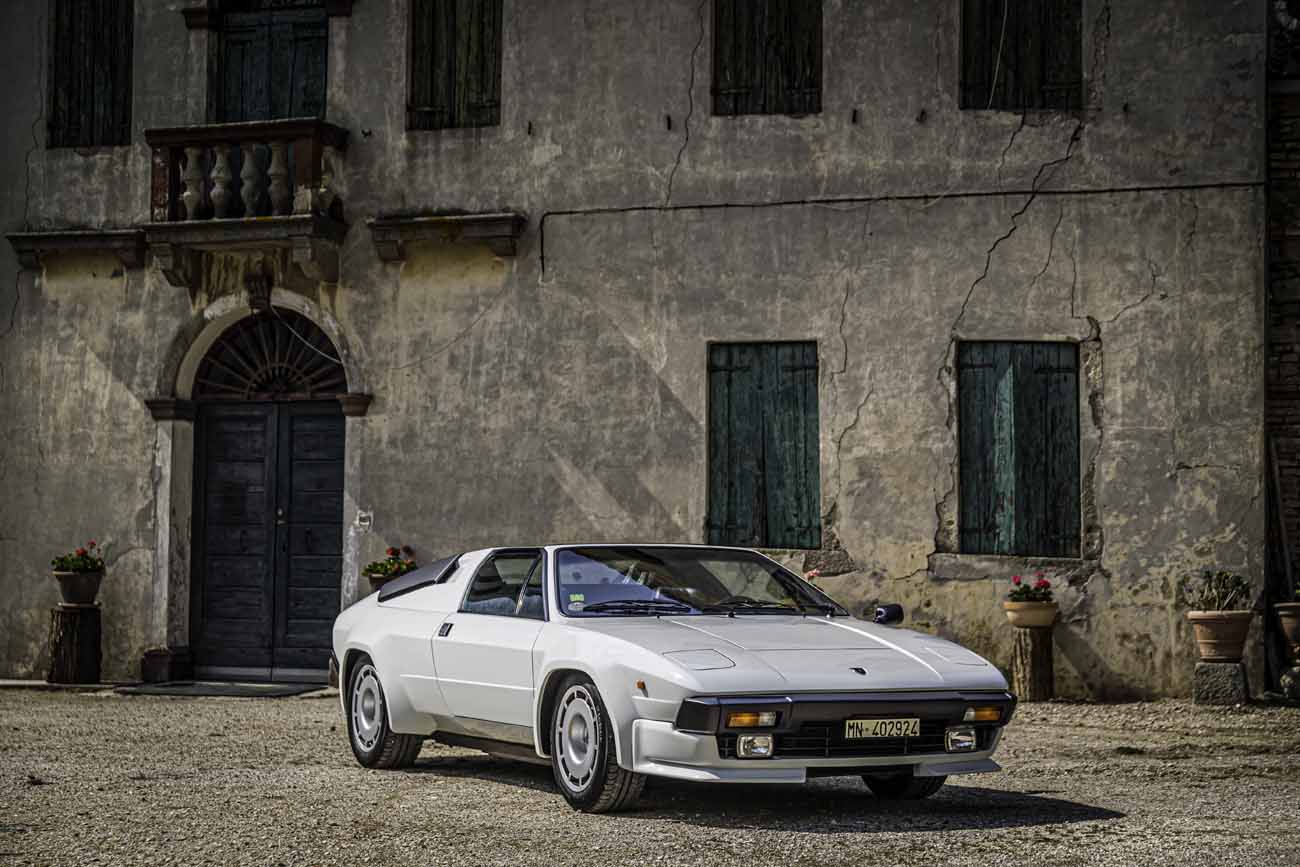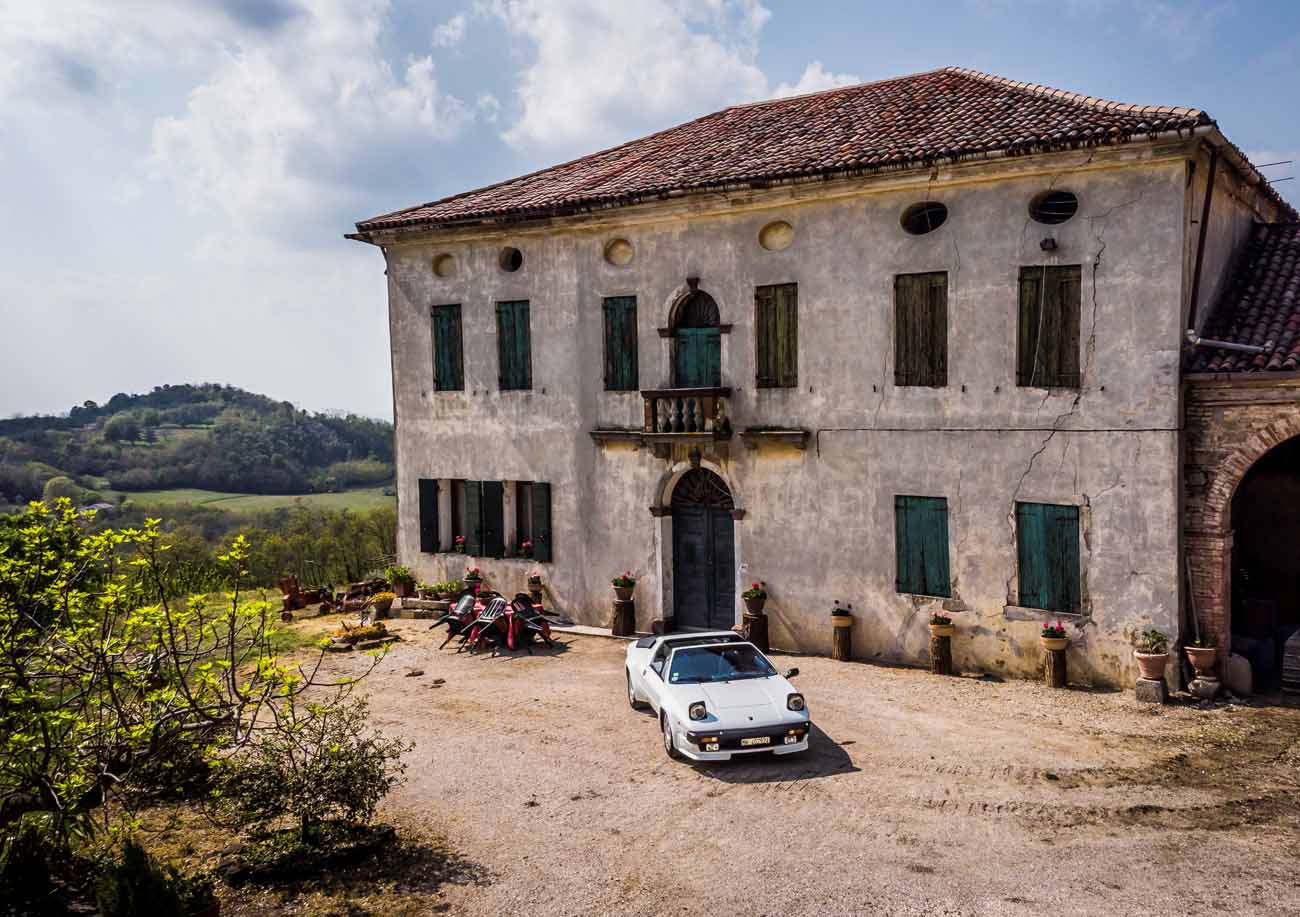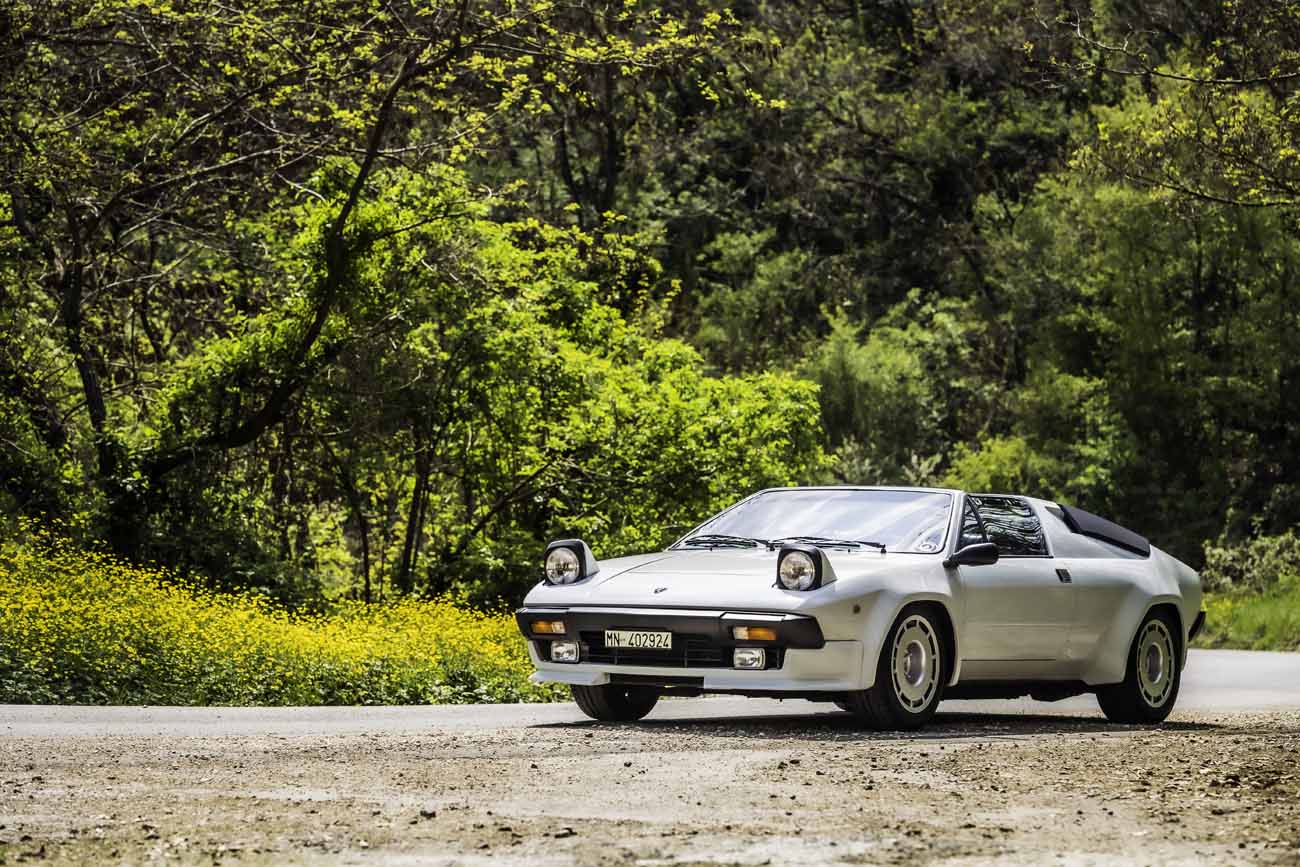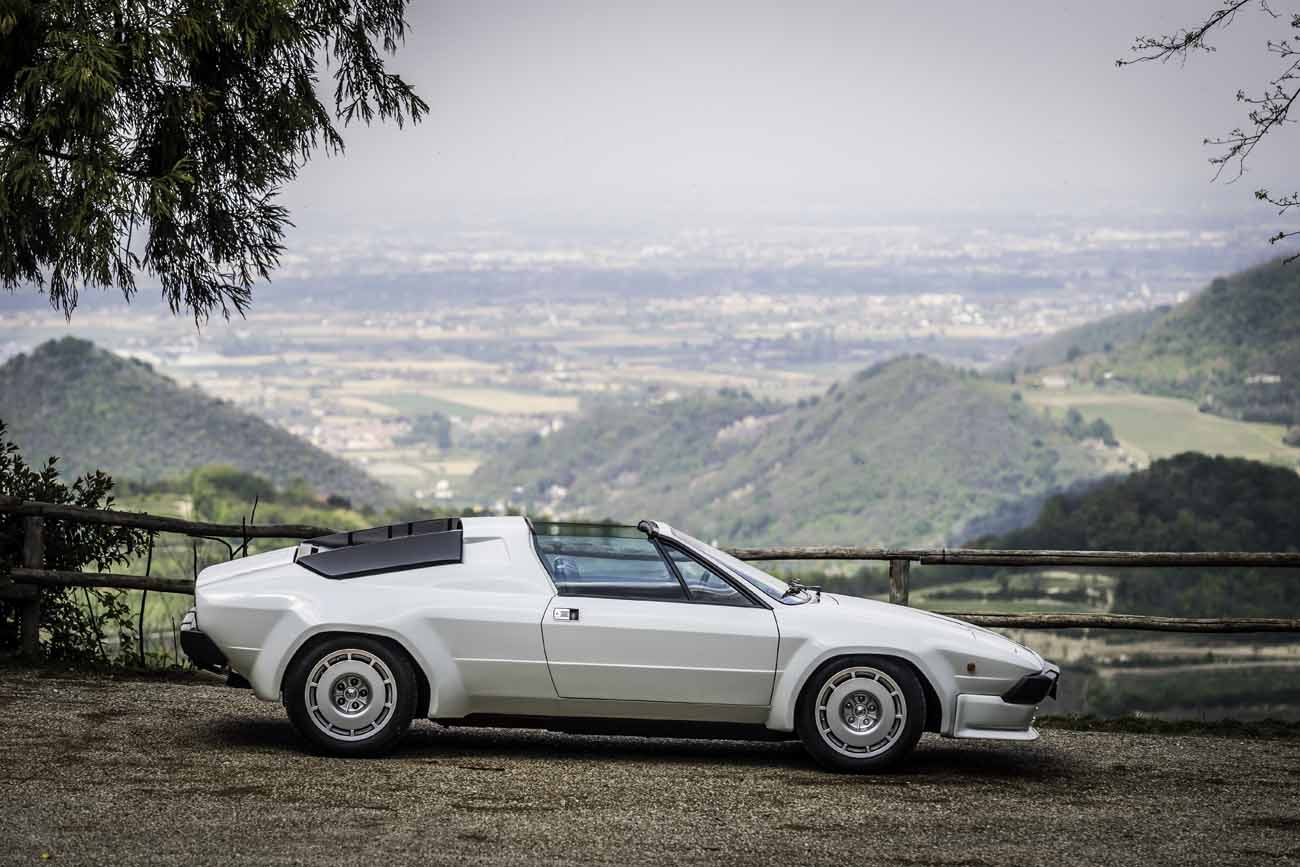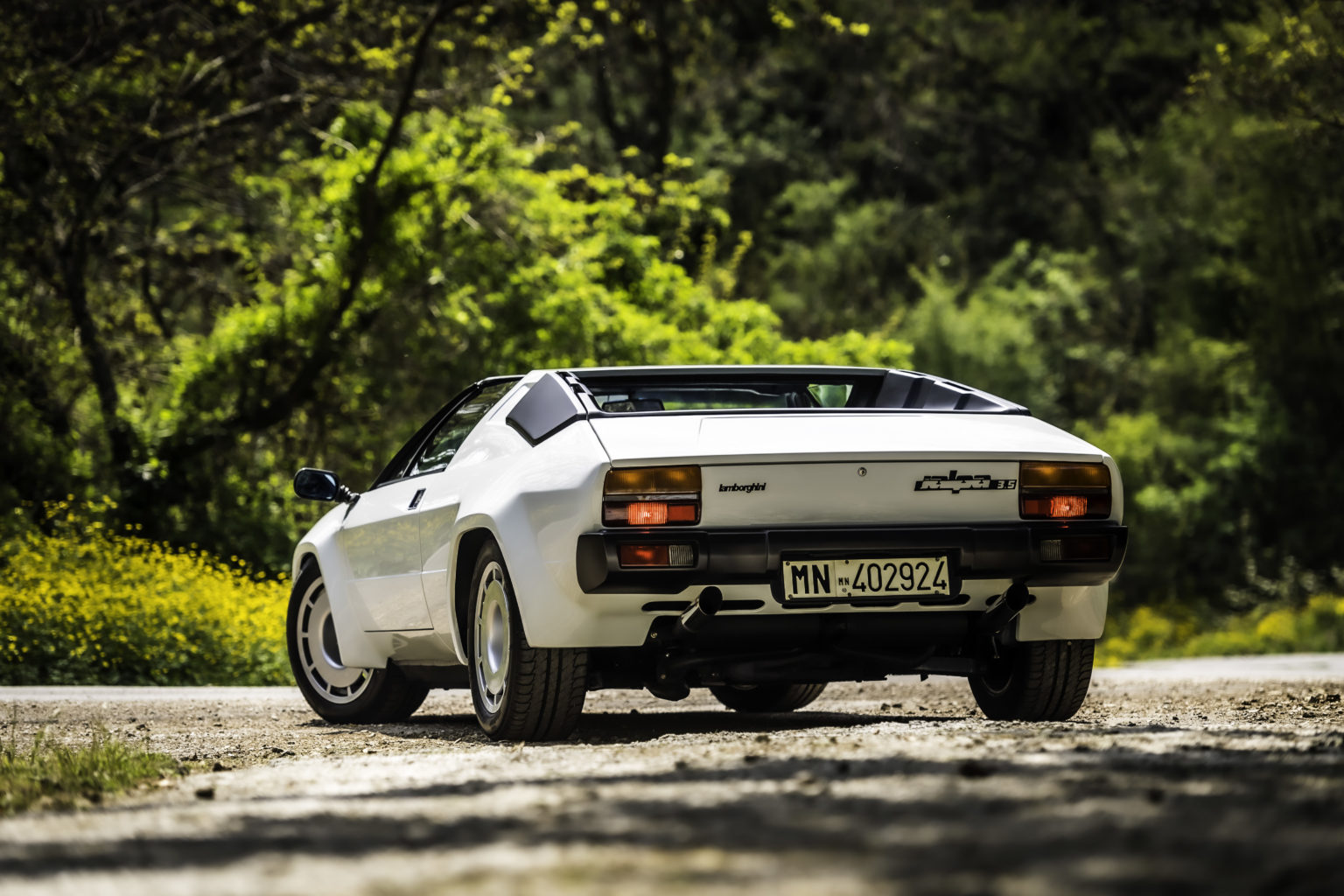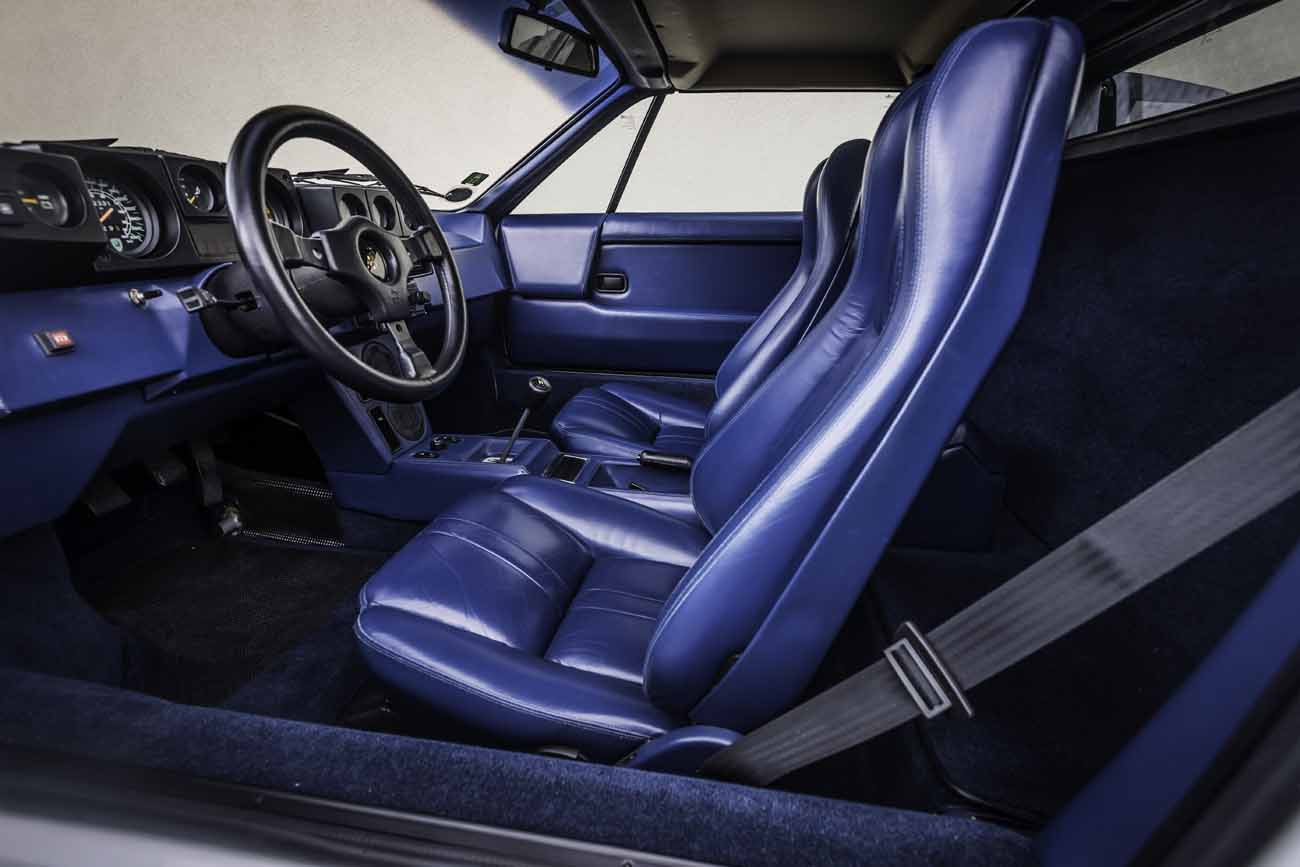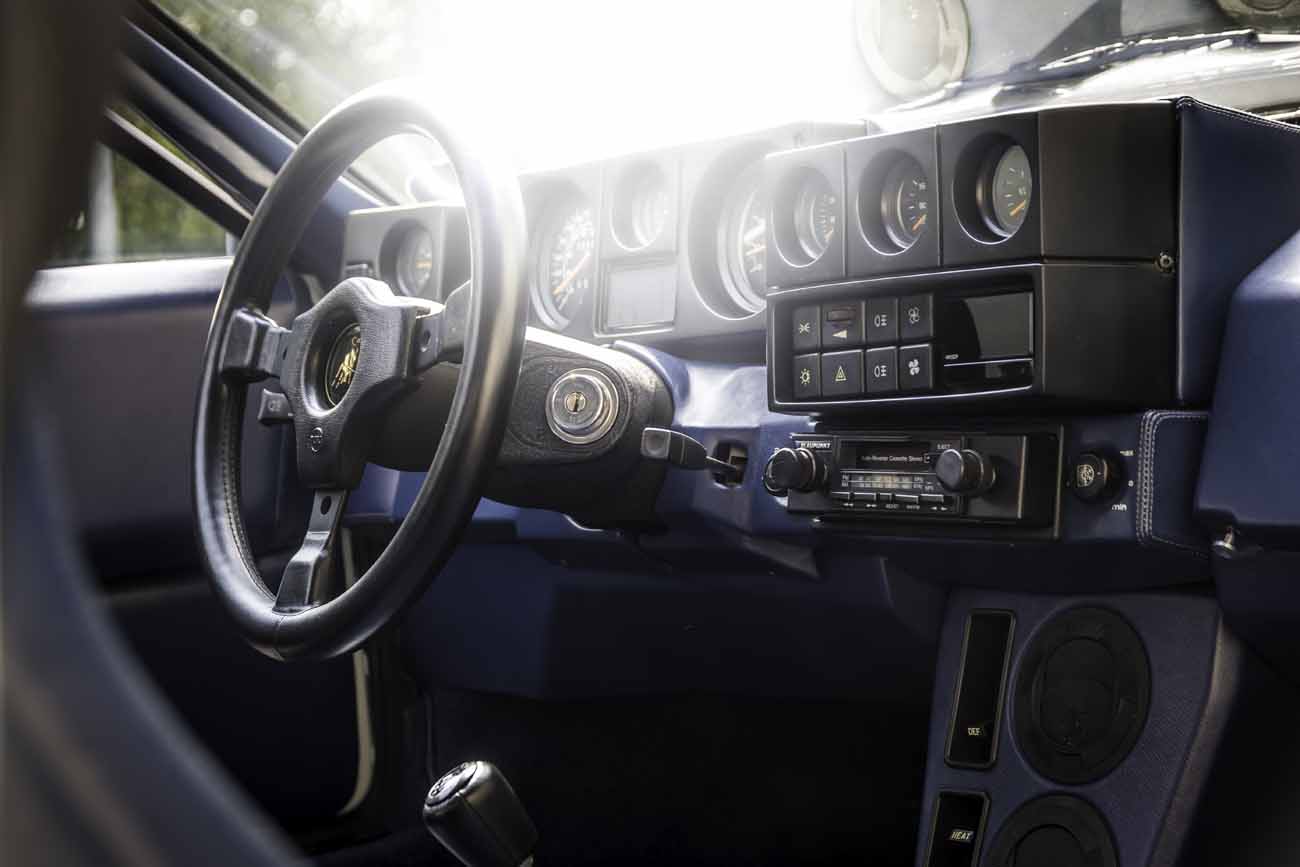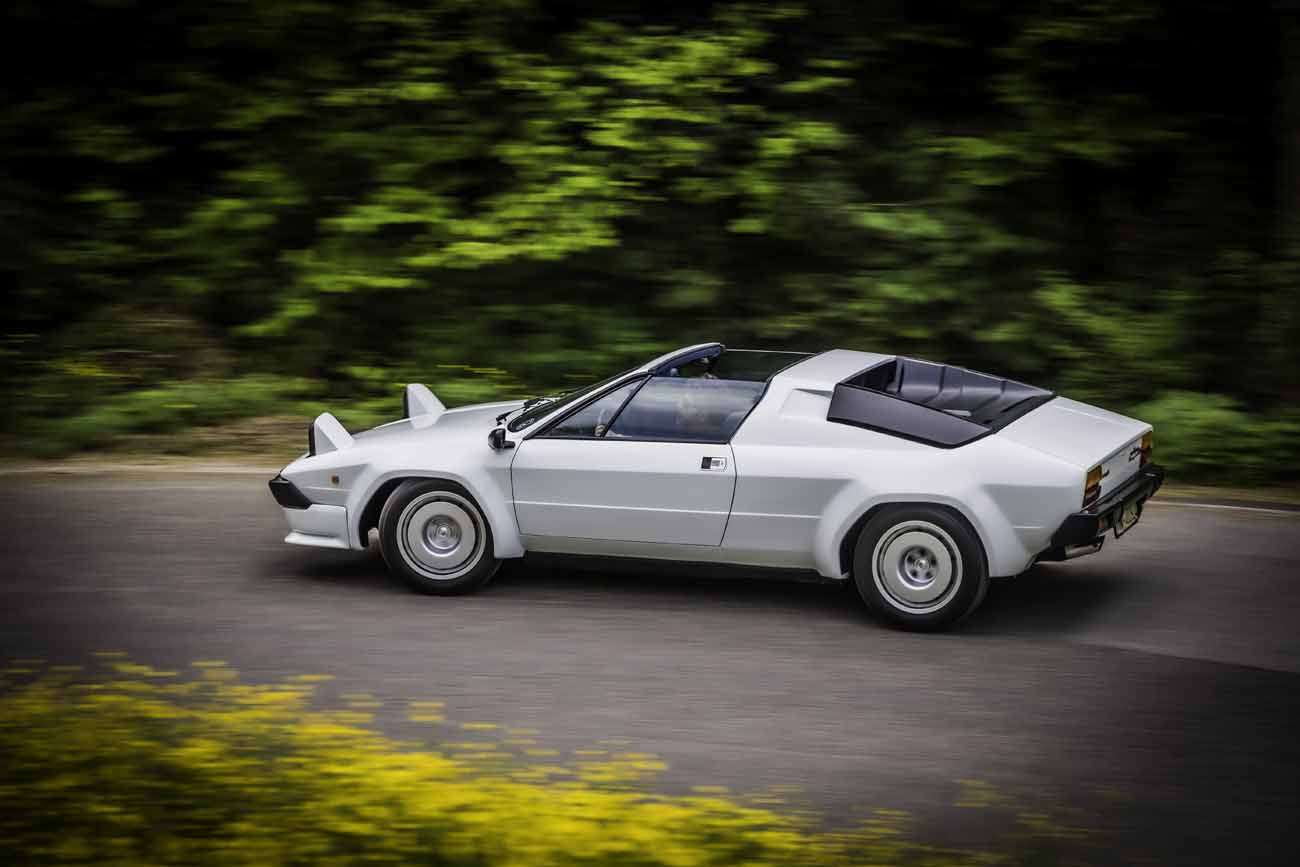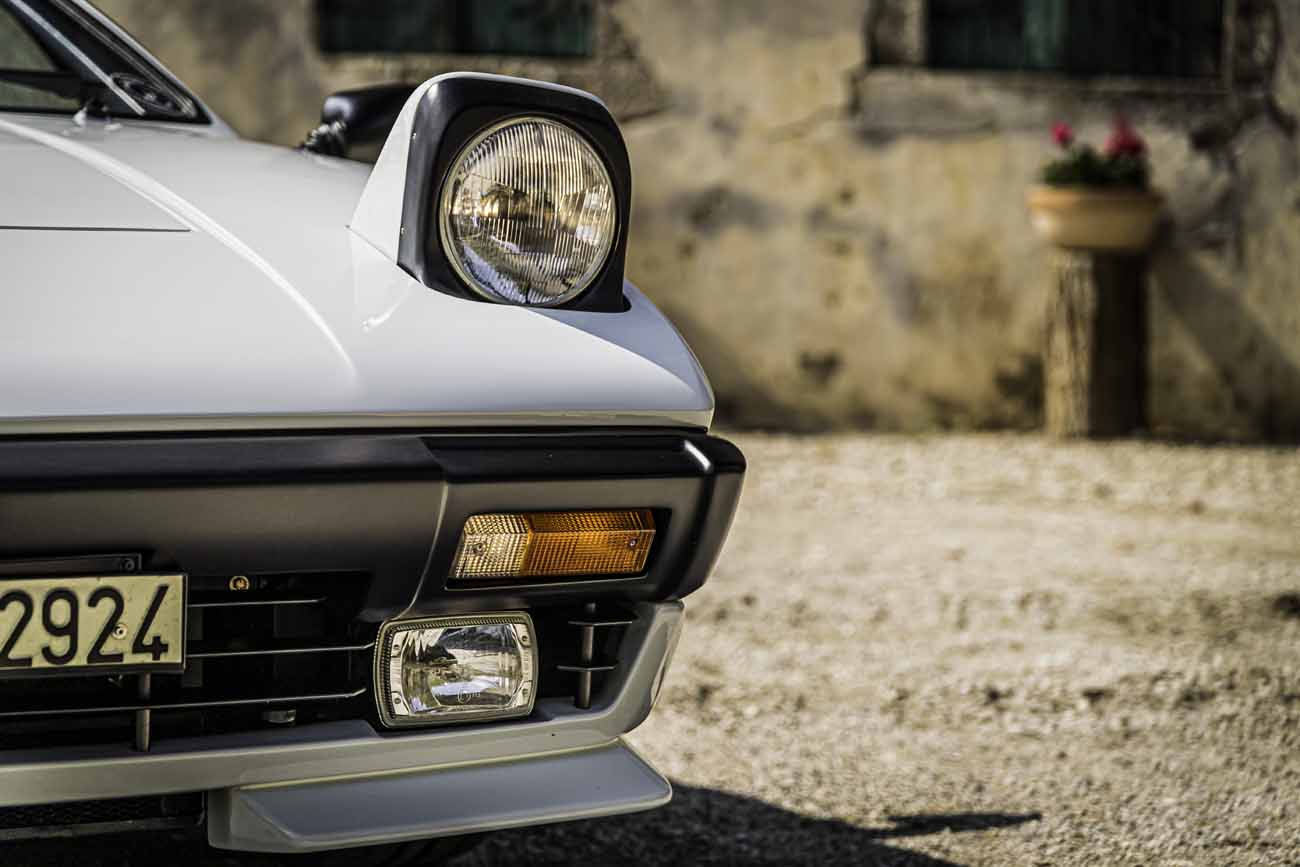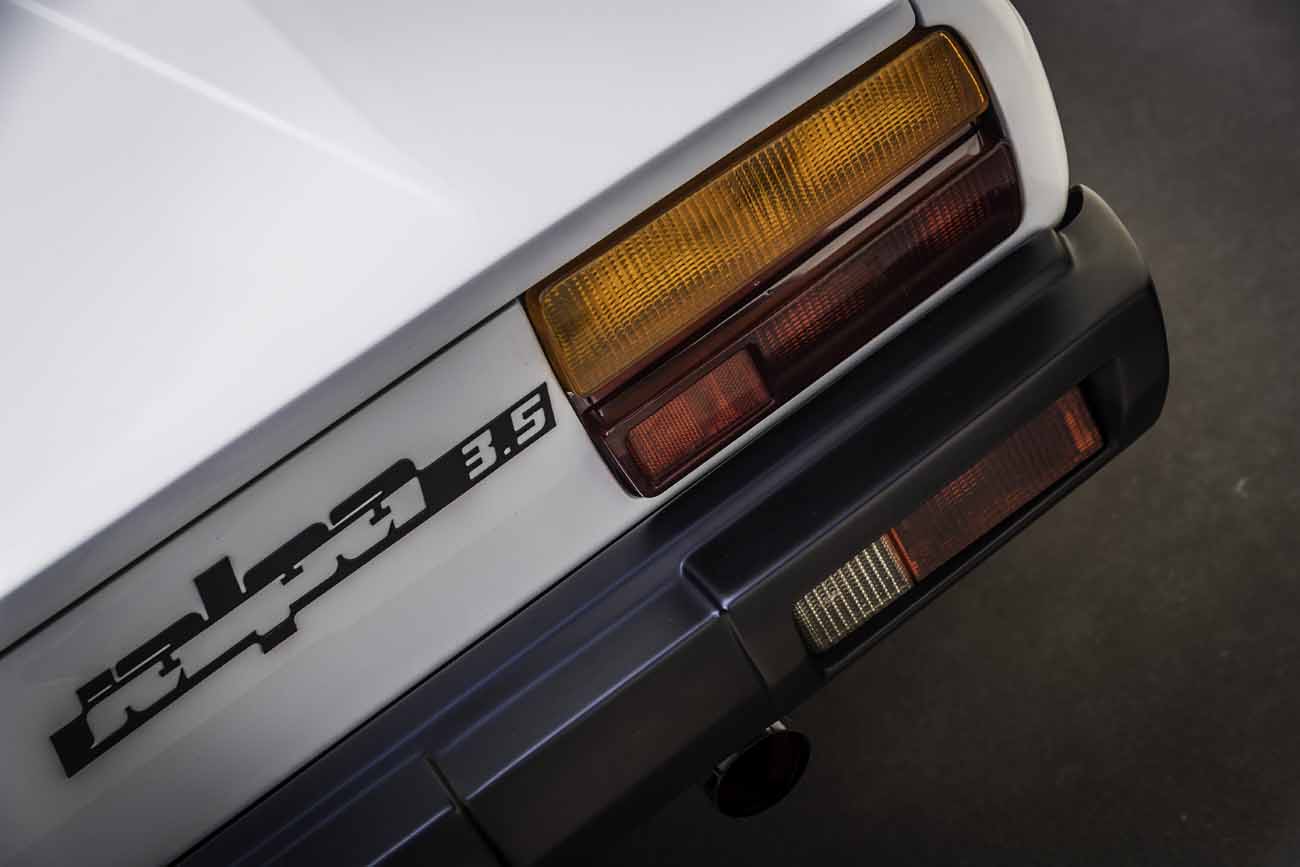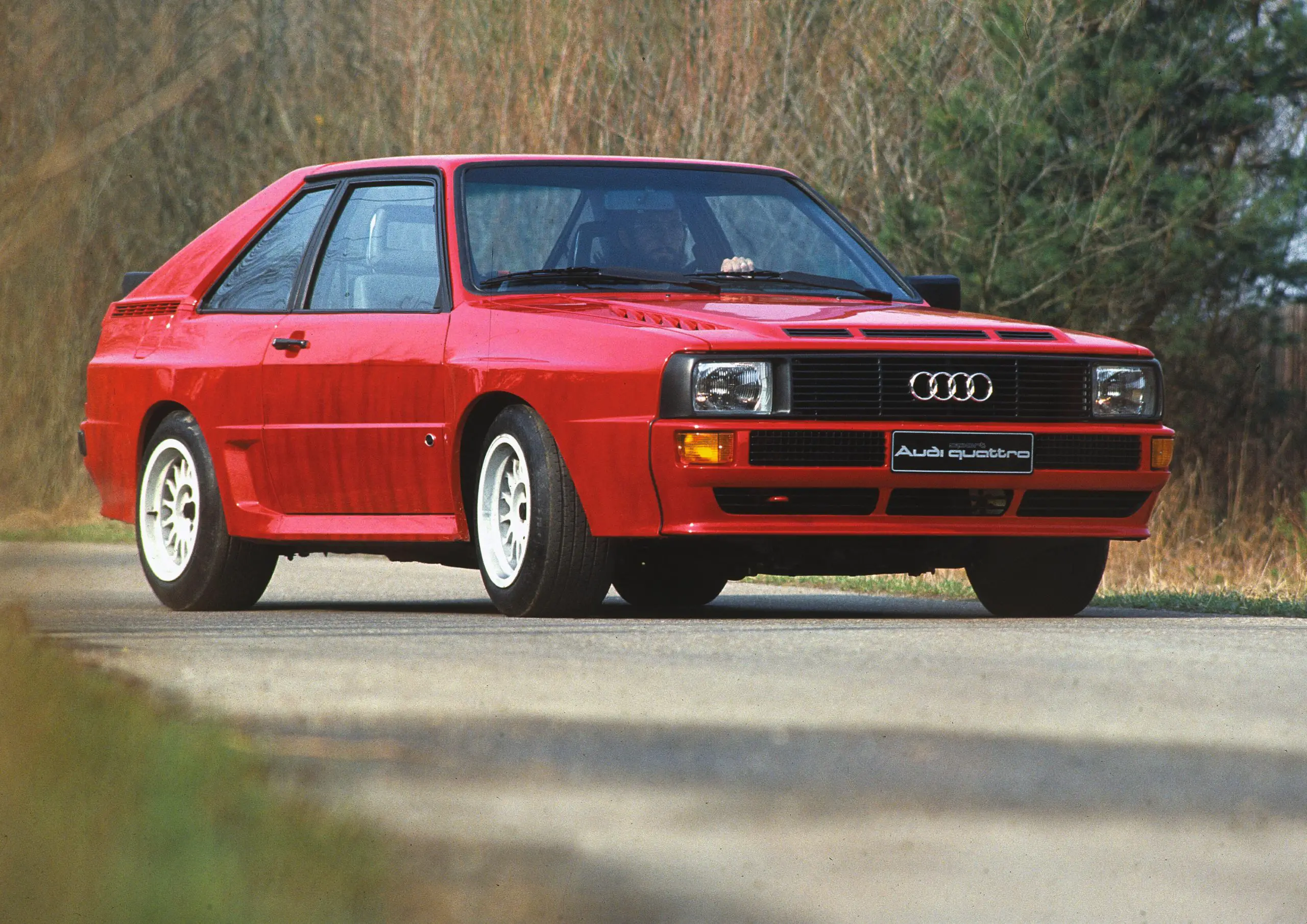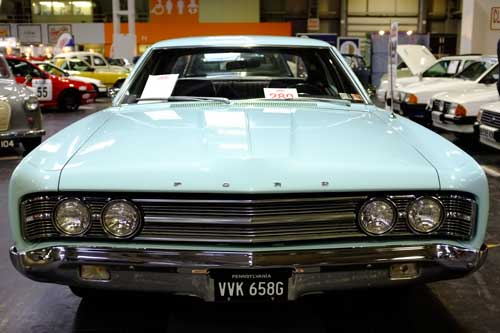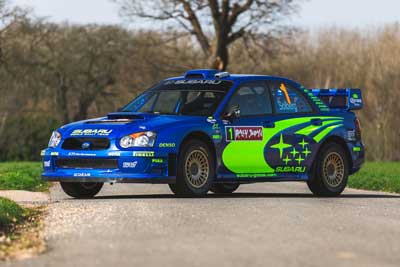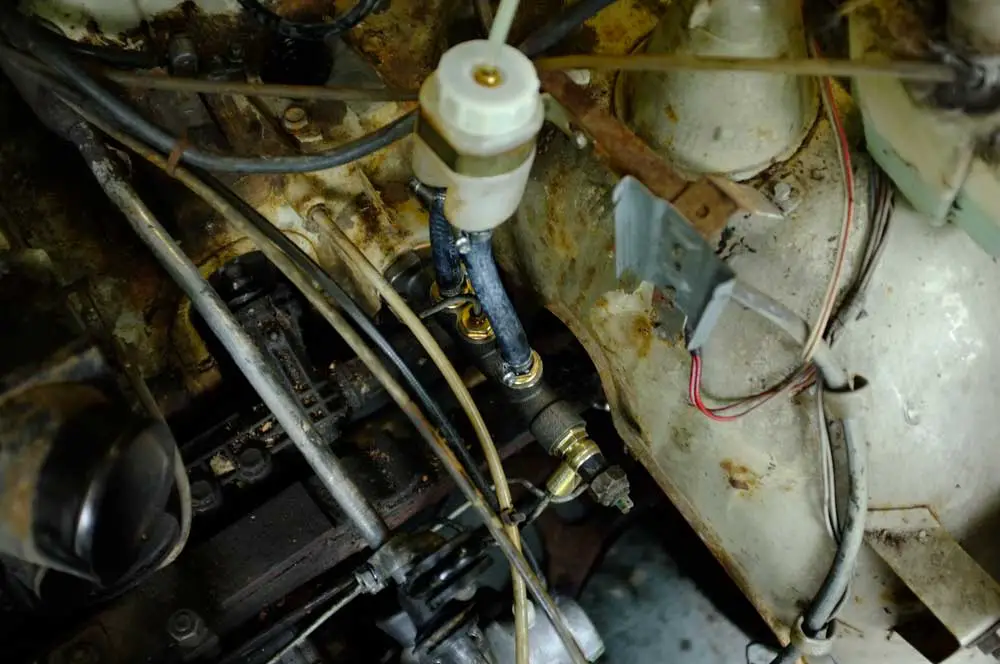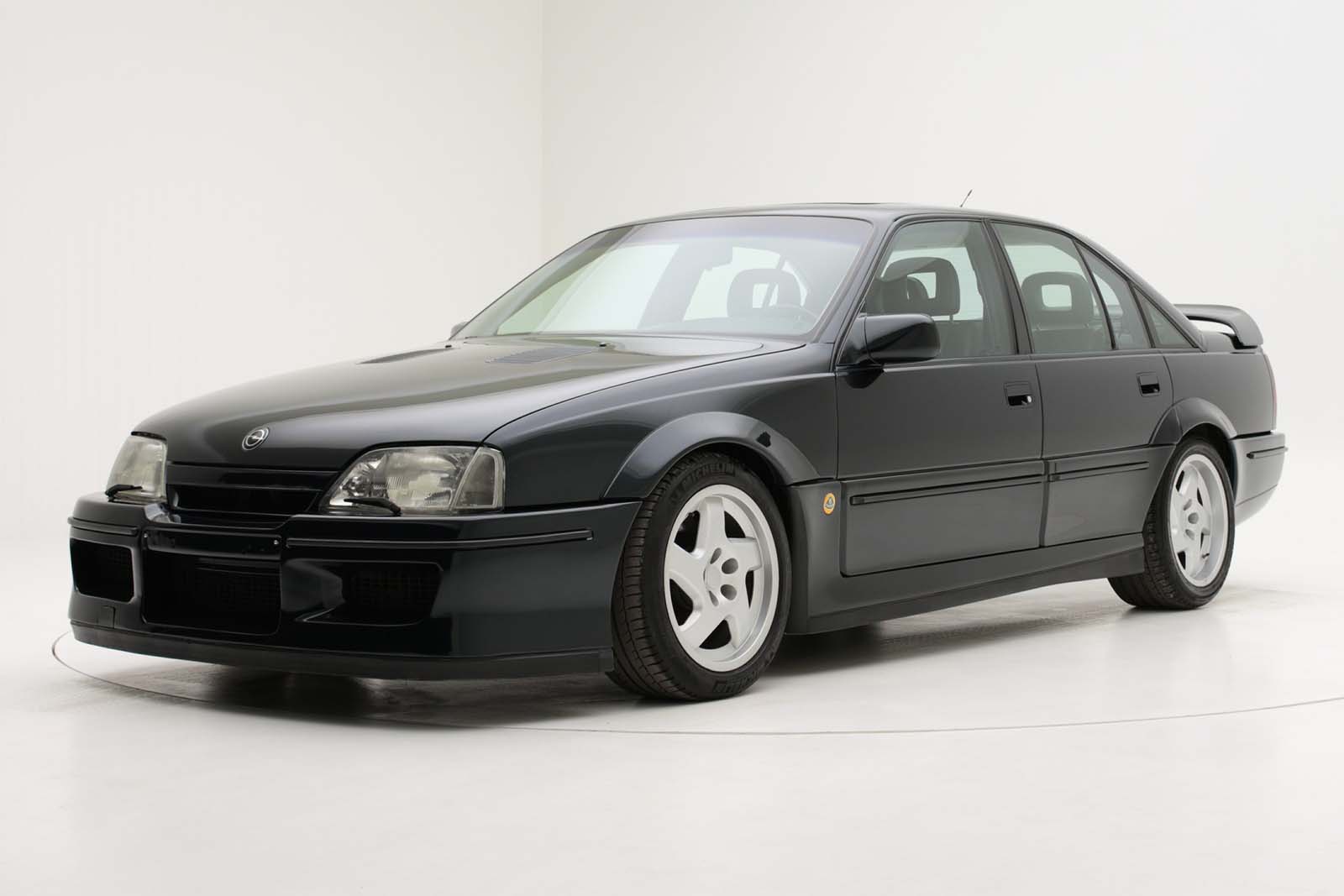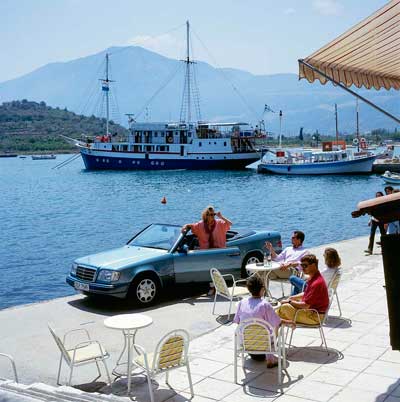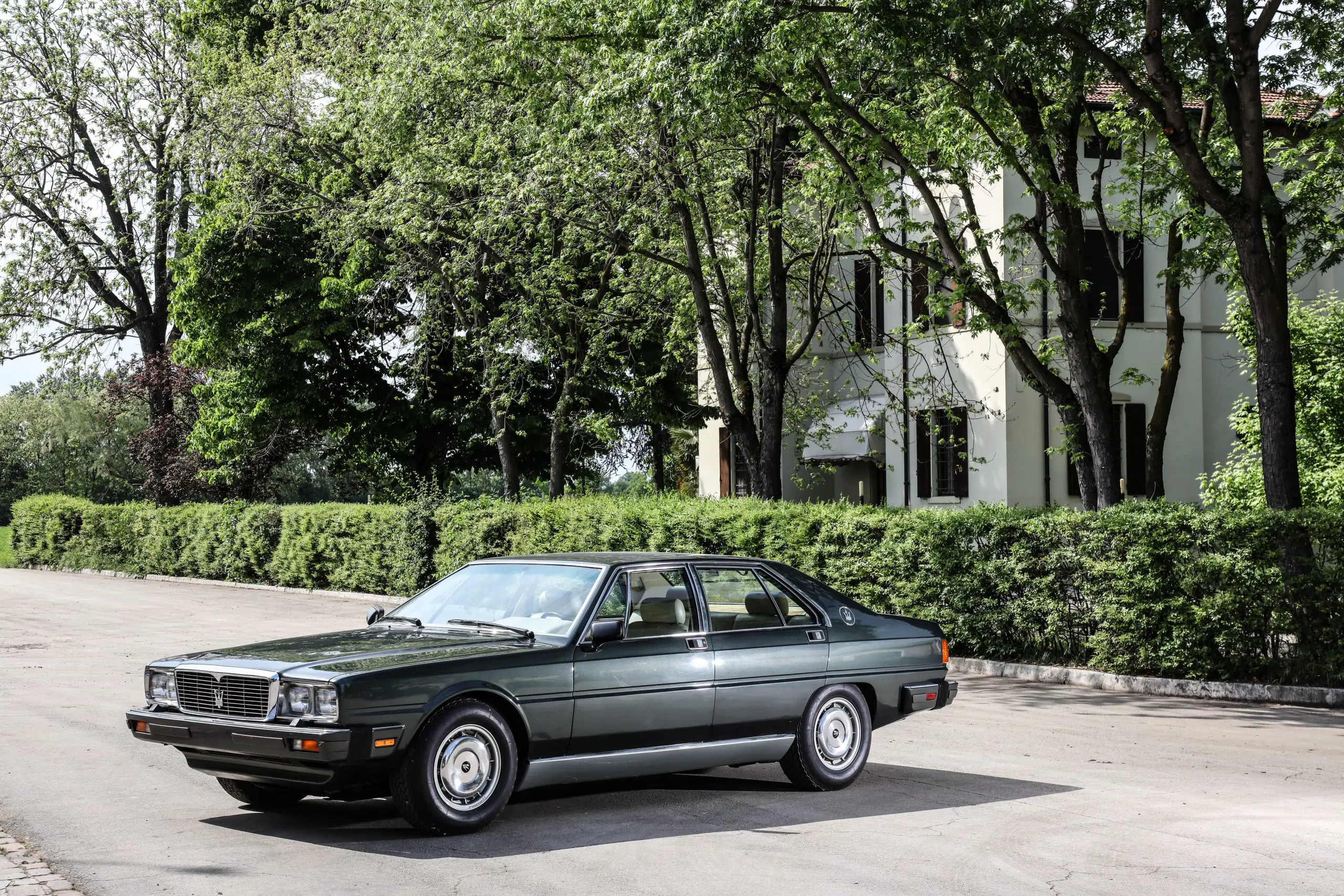
The All But Forgotten Lamborghini Jalpa V8 Is Over 40 Years Old
It was the Geneva show in March 1981, some 40 years ago, when Lamborghini presented the Jalpa for the first time.
But now it seems that the Jalpa isn’t the poster child that the Countach is, probably due to the fact that it was developed in the shadow of the iconic car. I saw one when very young on a stand at the London Motor Show and thought it was amazing. You could even get the huge rear wing on it.
Road tests were enthusiastic in the period, the handling and roadholding was complemented and the car’s general road manners too.
So why hasn’t it gone stratospheric with a ridiculous price tag? After all its rare, the last of its line and rather cool in a 1980s sort of way.
A long standing Lamborghini tradition, with the exception of the Countach, was to name the cars after a breed of fighting bulls. Jalpa comes from the Jalpa Kandachia and it’s also the last of the V8 mid mounted cars.
Being the final development of the Urraco and the Silhouette, the car retained the general architecture but gained a larger 3.5 litre engine.
French designer Merc Deschamps of Carrozzeria Bertone, who was the style director from 1980, penned the lines of the car with the Targa type open to. Technical director and general manager Giulio Alfieri also had his influence on the car.
The 90° V8 is the final evolution of all aluminium quad cam engine first seen in the Urraco. The bore was increased to enlarge the engine to the new 3.5 litre displacement, 3485 cc, and came with four Weber 42 DCNF twin carburetors and a compression ratio of 9.2:1.
The new engine produced a maximum power of 255 bhp at 7000 rpm, right on the money when pitched against the Ferrari 308 and later 328. The top speed was 155 mph, or 249 km/h. Lamborghini claimed the 0 – 60 time was 6 seconds, but Car And Driver achieved a time of 5.8 seconds even though the US got a slight power reduction, 250 bhp.
The prototype unveiled at the show was based on an unsold Silhouette. It went back to the factory and was used to develop the new model, the bronze show car from Geneva 1981. The car had a few features that didn’t make it to the production version.
Another Lamborghini tradition of reusing prototypes and other vehicles and not keeping a vast collection of development vehicles, this was a small automotive company back then.
Entering production in 1982 the Jalpa featured a semi-supporting steel body, black bumpers and air intakes with horizontal rear lamps. 16″ alloy wheels, taken from the Athon prototype, were shod with Pirelli P7 low profile tyres.
The interior was luxuriously finished, copious amounts of leather and carpet was used to coat every surface. The opening roof was designed to be easily removed and stored in the space behind the seats.
1984 saw the second series Jalpa with some styling changes. The bumpers and air intakes were finished in the same colour as the body, the rear lamps are rounded off and the interior seeing a bit of a revamp.
The production of the Jalpa ended in 1988 after just 420 cars. You’ll be luck to see one let alone own one, but when they come up, they don’t command vast sums of money, but they aren’t quite being given away, or are they…
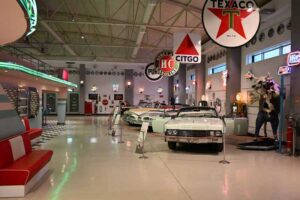
Ural Ataman Classic Car Museum – Istanbul, Turkey
This has to be one of the nicest private collections I have seen, the Ural Ataman Museum in Istanbul, turkey has not only a wide

Tbilisi AutoMuseum Car Museum – Georgia
You may not have heard of this, but the small car museum in Tbilisi Georgia really has quite a lot to see. Buried in an
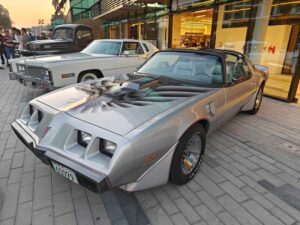
Bahrain Bike Week Classic Car Show December 2024
Bahrain Bike Week is the biggest event of its kind in the Middle East and the 2024 one was no exception. It’s not just the

Ford Motor Company Bring Back Group 5 Mk1 Escort & Group B RS200 With The Help Of Boreham Motorworks
Ford have granted a licence to Boreham Motorworks, a division of the DVRN Automotive Group, to produce new versions of not just the Mk1 Escort
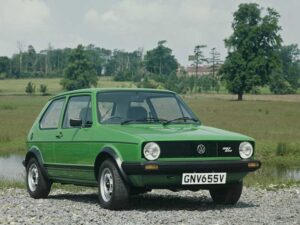
The VW Golf At 50 Years Old
Europe’s number 1 selling car the VW Golf has reached 50 years old this year, starting production on the 29th of March 1974. In
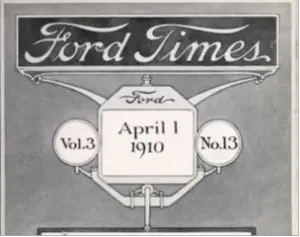
Ford’s Heritage Vault Makes The Ford Times Magazine Available To The Public
Ford’s expansion through the early 20th century was something to behold, the rapid growth of the company and the success of the Model T led
